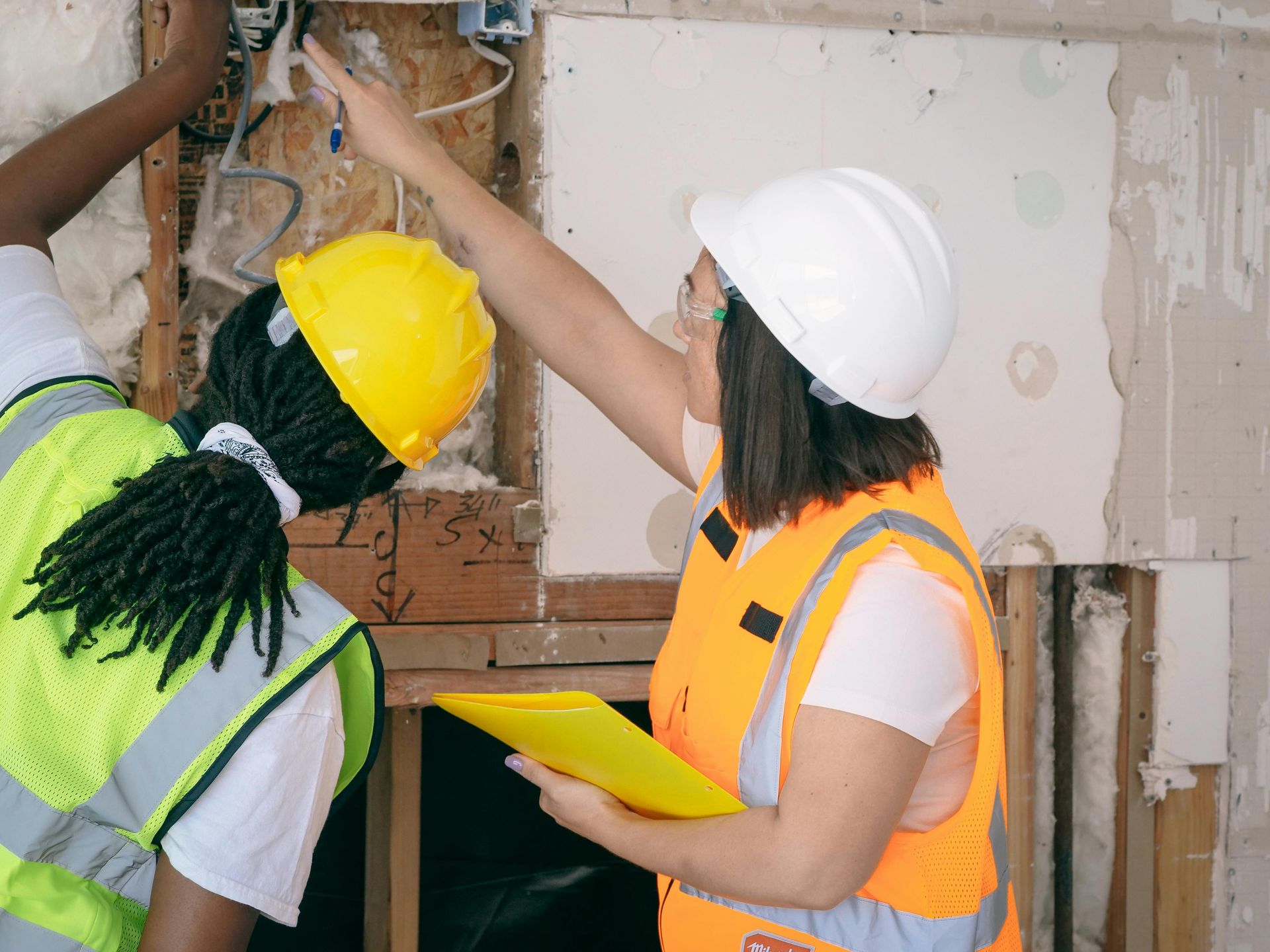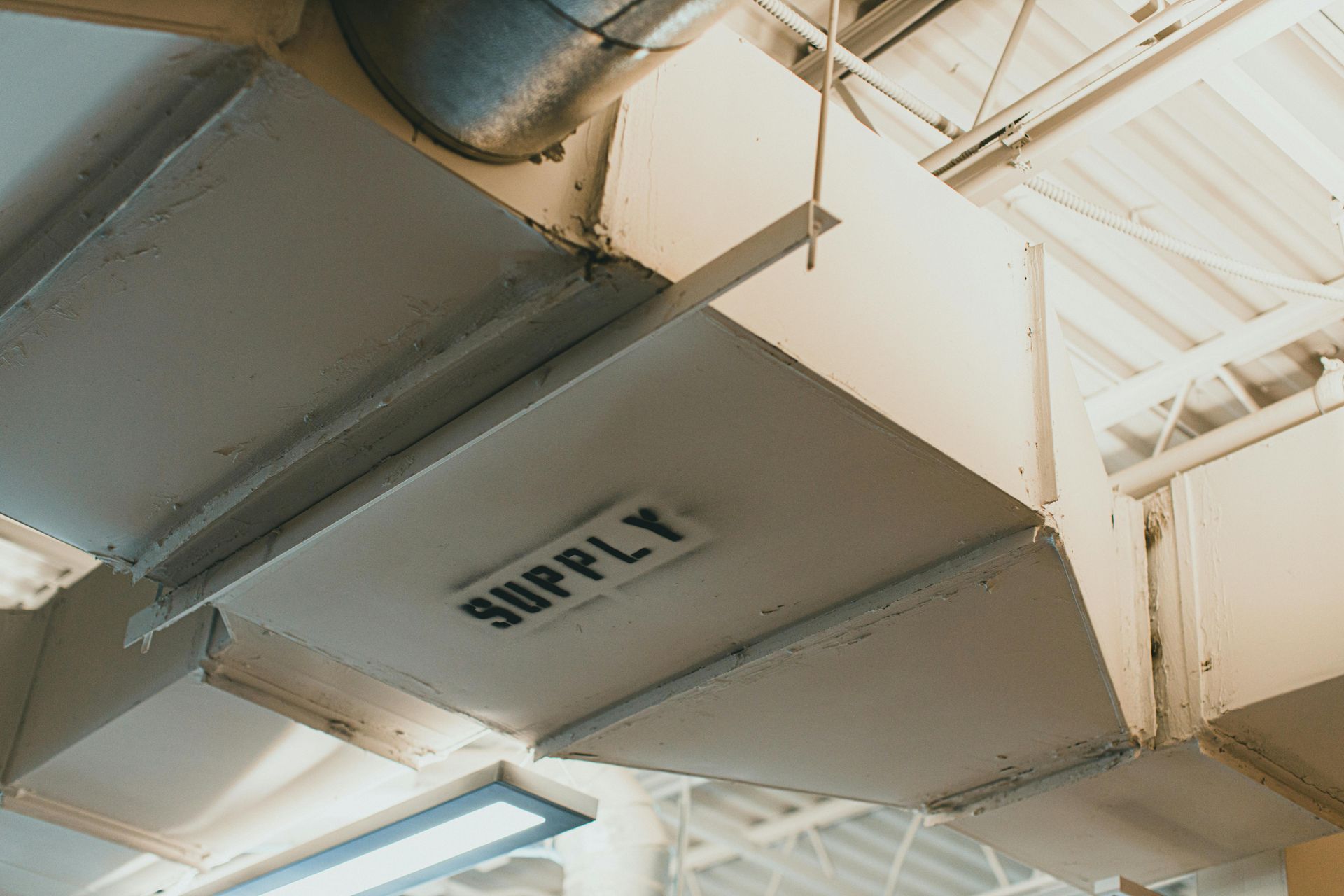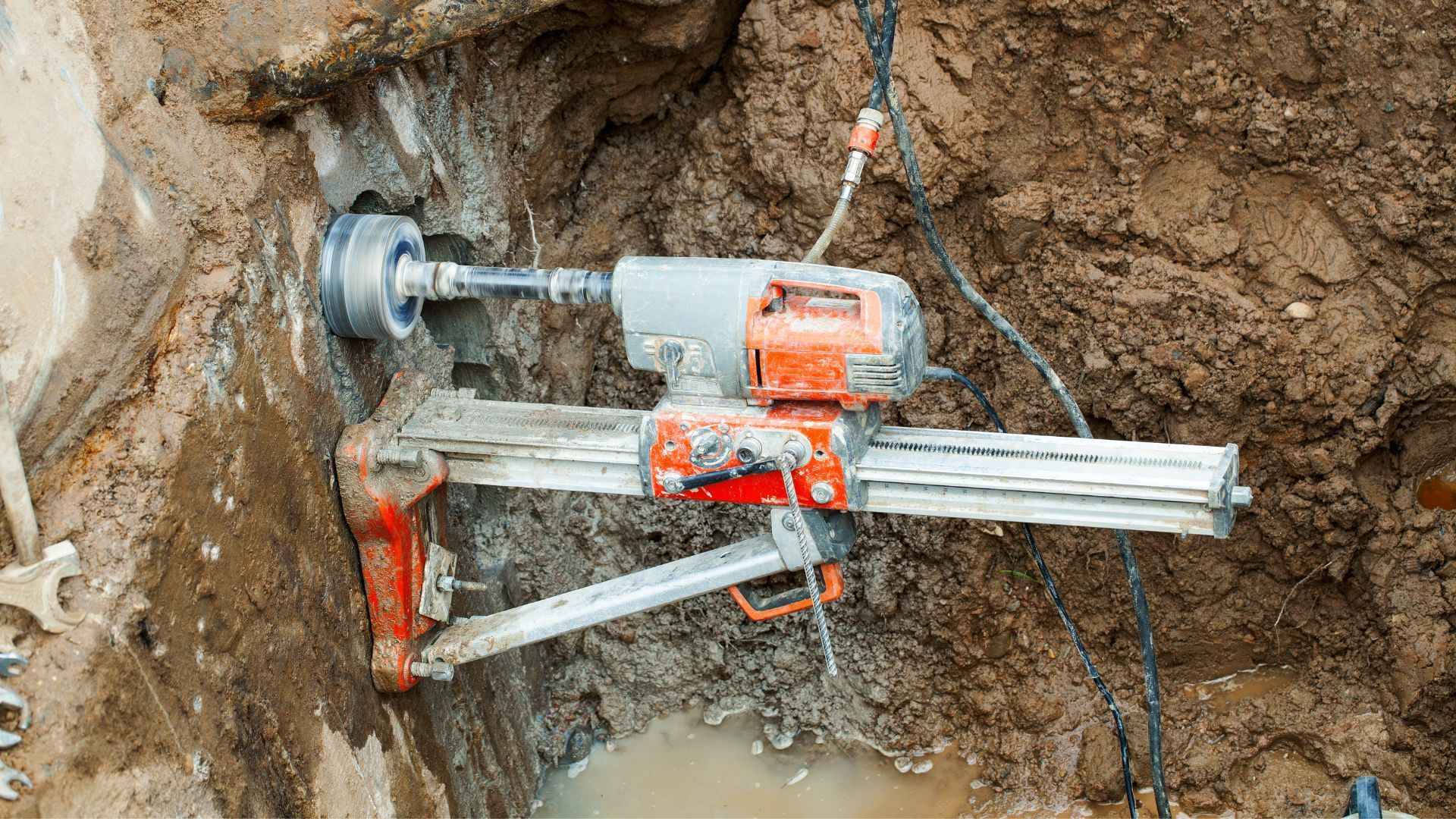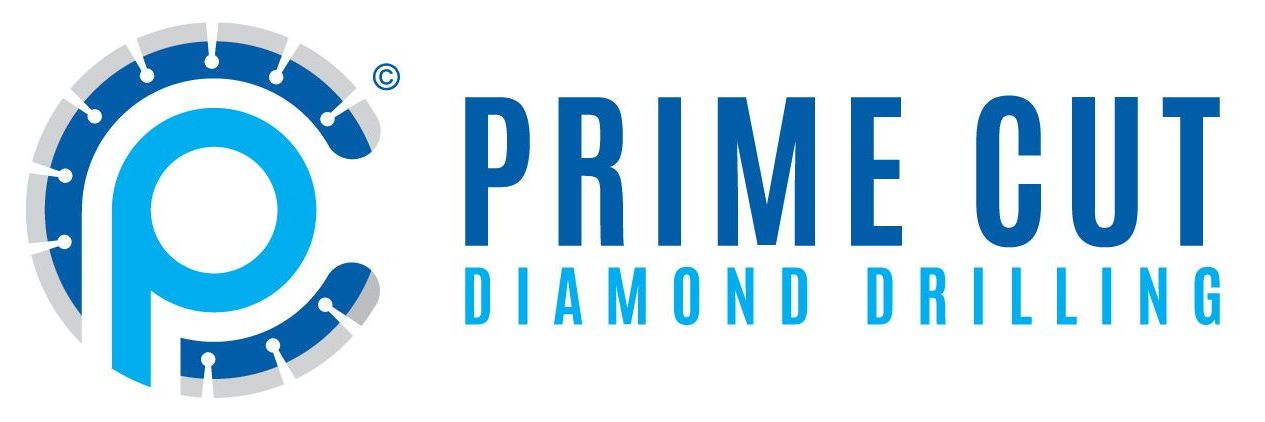Understanding BS EN 1366 – Fire Testing for Building Services
What you need to know when we're drilling through fire compartments
At Prime Cut Diamond Drilling, we're often asked to create precise openings in fire-rated walls and floors for ductwork, pipework, and cable trays. These services are essential to building systems — but when they pass between different fire compartments, the way they’re installed must meet strict standards to ensure the fire rating is maintained.
That’s where BS EN 1366 comes in — a European standard for testing the fire resistance of service installations. If you're dealing with any kind of fire-stopping, fire-rated ductwork, or service penetration seals, this is the standard your project team should be following.
What is BS EN 1366?
BS EN 1366 is the European fire resistance test standard for building service installations. It’s broken into multiple parts — each covering different types of systems.
Here are the most relevant ones we encounter on-site:
BS EN 1366-1 – Fire-rated Ductwork (Ventilation Ducts)
This part deals with standard ventilation ducts used for supply and extract systems (excluding smoke extract).
It tests whether the duct can contain fire or maintain integrity when exposed to high temperatures, especially as it passes through fire-resisting elements.
Used for:
- General HVAC ductwork passing between fire compartments
- Ducts that must resist fire without spreading it
BS EN 1366-2 – Fire Dampers
This part is for fire dampers, which are installed inside ducts and are designed to automatically close during a fire. The test ensures the damper effectively seals off the duct opening when fire conditions are detected.
Used for:
- Containing fire within a compartment
- Preventing fire spread through open ducts when systems are off
BS EN 1366-3 – Penetration Seals (Cables, Pipes, Conduits)
This one’s really important for our work.
BS EN 1366-3 covers how firestop systems perform when services like cables, pipes, and ducts pass through fire-rated walls or floors. It tests whether the sealing system around those penetrations will maintain fire integrity and insulation for a set duration.
Used for:
- Sealing around pipes, cable trays, conduits, etc.
- Fire sleeves, wraps, collars, mortar, or board systems
- Restoring the fire rating of walls/slabs after drilling
BS EN 1366-4 – Linear Joint Seals
This covers seals used in gaps and joints between walls, floors, or other structural elements — often needed when there’s movement or a larger interface to manage.
Used for:
- Expansion joints
- Linear gaps where fire-rated elements meet
- Flexible fire sealants and fire-rated fillers
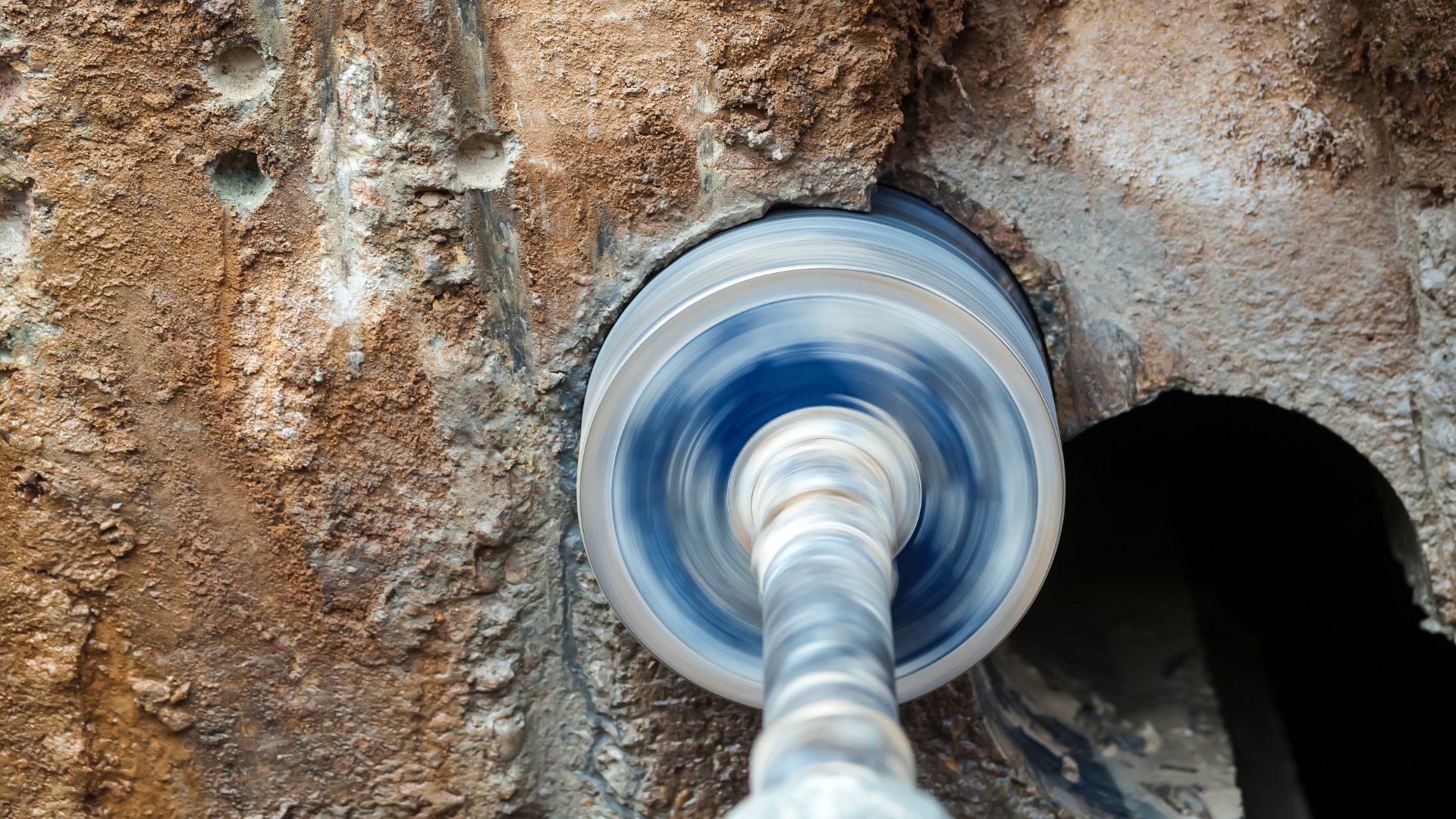
Where Prime Cut comes in with ppenings in walls where BS EN 1366 is on the spec.
We’re typically called in to drill or cut through fire-rated elements to allow for the installation of:
- Kitchen and HVAC ductwork (riser openings etc) (BS EN 1366-1)
- Cables and pipework (BS EN 1366-3)
- Ducts with dampers (BS EN 1366-2)
When these services cross between separate fire compartments, the opening we create must be properly sealed or the service itself must be tested and rated according to the relevant BS EN 1366 part (please also see BS 476 for more information).
Just So You Know – Our Role in the Bigger Picture as your Core Hole Contractor.
At Prime Cut, we take pride in drilling clean, accurate diamond drilling openings exactly where you need them — but we like to be upfront about where our responsibility stops when it comes to compliance.
We’re not involved in fire design, fire-stopping choices, or structural decisions — our role is strictly to follow your instructions and create the openings you’ve requested.
Others arrange and decide etc:
- Decide whether a wall or floor is fire-rated
- Determine which BS EN 1366 part applies
- Select or install fire-stopping products
- Handle structural assessments or specify supports (like lintels or sleeves)
That responsibility lies with the design, fire, and structural teams. If you're not sure whether an opening affects a fire compartment or load-bearing structure, it's always best to check with the appropriate specialist before we carry out the work.
What You Can Expect from Us
We’re here to make sure your installation runs smoothly and safely, with:
- Precise core drilling services and saw cutting for all types of services
- Clean penetrations that are ready for fire-stopping or duct installation
- Friendly coordination with your team on-site to avoid delays
- We're specialists in Diamond Drilling London, Essex & South East.
Whether you’re running a duct from a kitchen, pipes through a riser, or cables into a riser cupboard — we’ll make the opening clean and compliant-ready.
